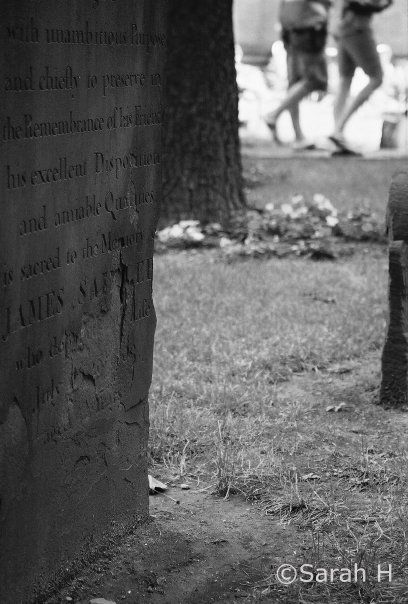In a humorous article I recently came across, Vlad III, the prince of Wallachia, was declared to be in the top 10 list of royals who would not have been a good contestant for Facebook. Though not intentionally, this article is a reflection of the recent trend involving vampires. Whether loved or hated, one thing that cannot be ignored is the growing infatuation with vampires. One of American culture’s most recent fads has been the romanticization of these blood sucking creatures. Originally they were seen as cruel and vicious, bringing eternal terror to their victims. The actual person around whom the myth was created was Vlad III Dracula, also known as Vlad the Impaler, mentioned in the humurous article. It is thought that he impaled around 100,000 people during his short lifetime. Clearly there is nothing romantic about Vlad the Impaler. So why is it, then, that we have twisted his excessively ugly existence into something seductive and alluring? How did society go from Vlad the Impaler to the Twilight version of a vampire lover?

It seems that there is something in our nature that does not want to accept the existence of such unrelenting cruelty. We have no way to cope with the presence of such a vile and dark infringement upon reality. And so, we have turned the ugly into the enticing, the profane to the esteemed. Rather than hide from the terrifying death that vampires embody, our culture has begun to flirt with the idea- literally. Possibly as a makeshift coping mechanism, we have romanticized the vampire and given him seductive appeal. This has gone so far as to penetrate into movies intended for children. The recent film Hotel Transylvania depicts a teenaged vampire girl who falls in love with a human boy. What was the catalyst for this shift in perspective on vampires? Or has this been a gradual change on a never ending spectrum? If it is a spectrum, what decides the direction in which it travels? Perhaps this vampire fad is the reflection of underlying cultural unrest. Deeper still, maybe there is something deeply flawed within humanity. Taking the embodiment of a cruel death and turning it into an object of sexual appeal could be viewed as the reflection of humanity’s never ending search for a permanent solution to death. We seem to be trying to control that which in uncontrollable. Rituals give us an accepted way to deal with and mourn for the dead, but they do not solve the problem of death. Perhaps society is searching for a solution to something that cannot be fixed.
-Sarah Hampton

